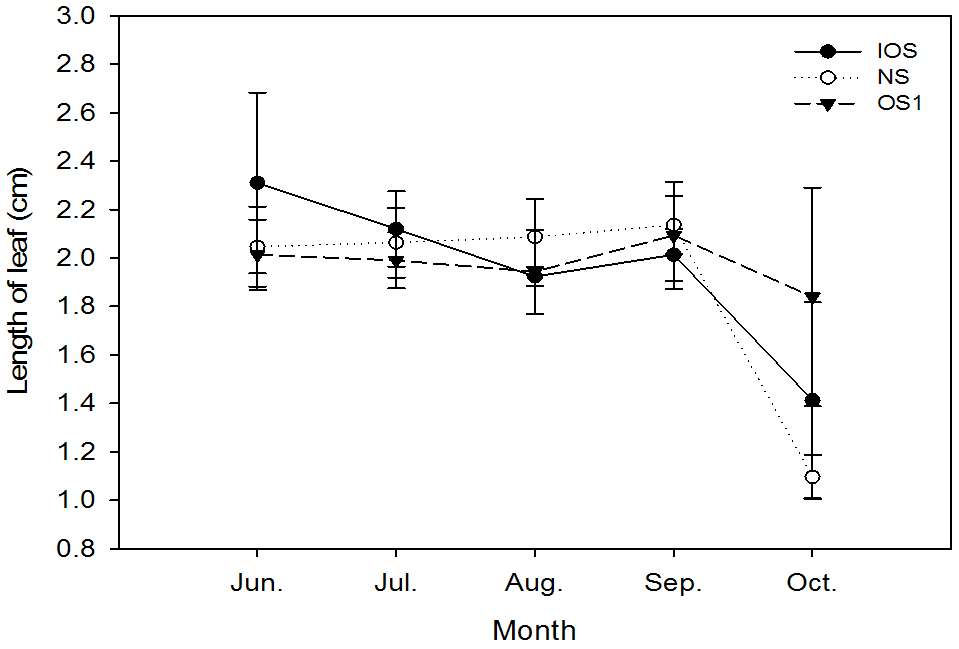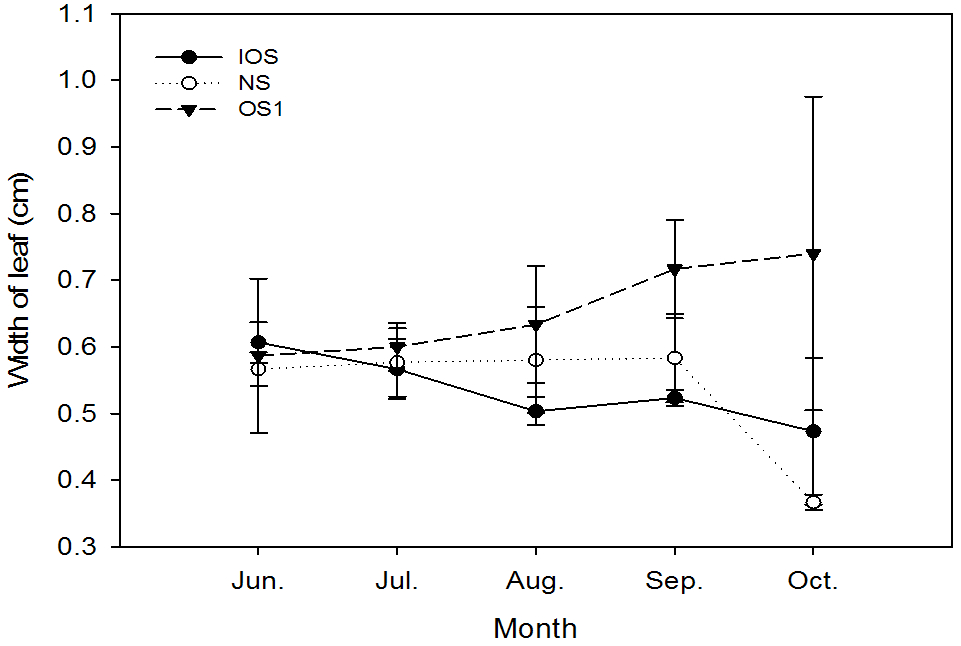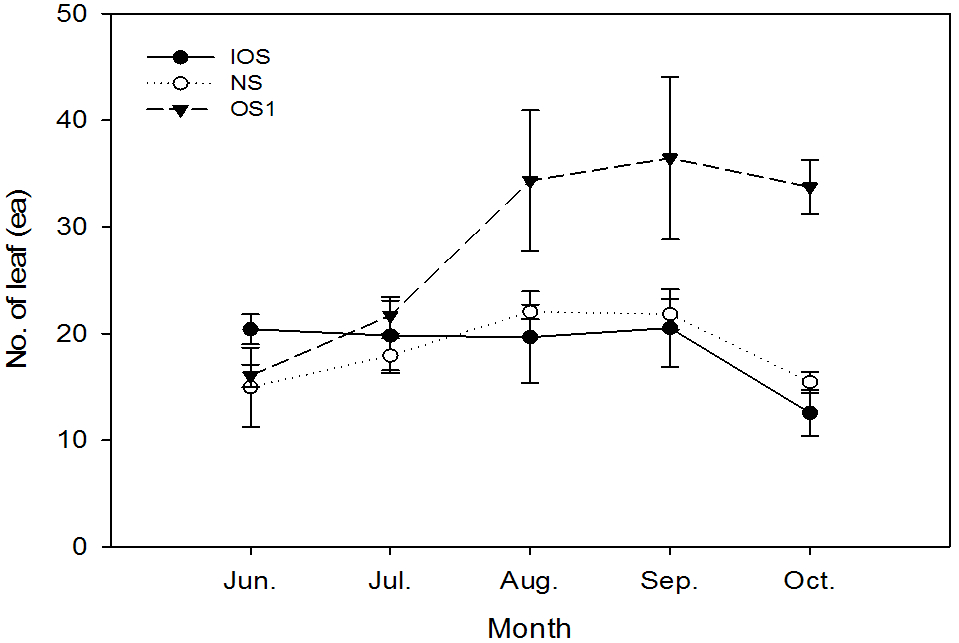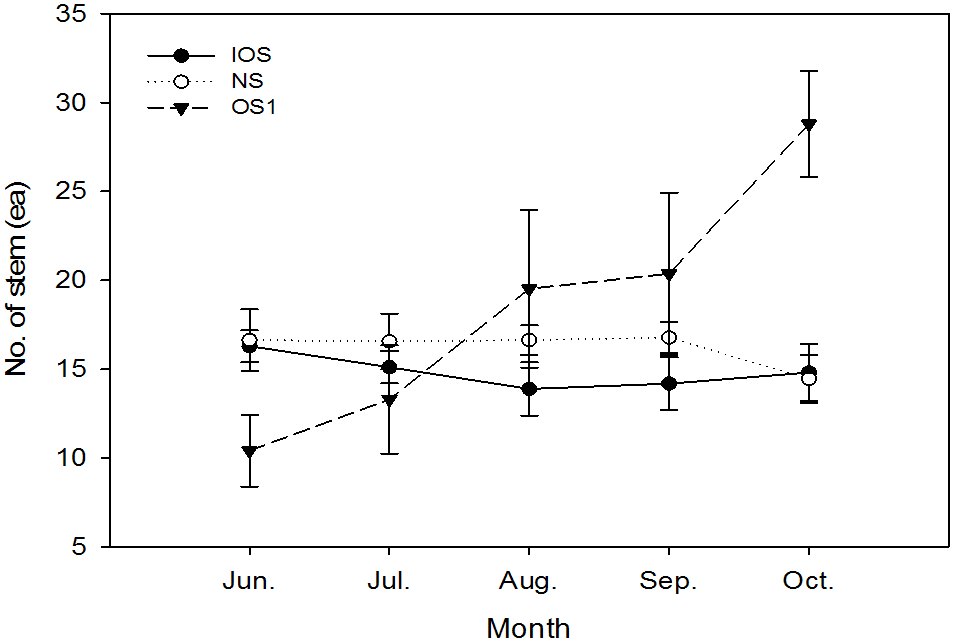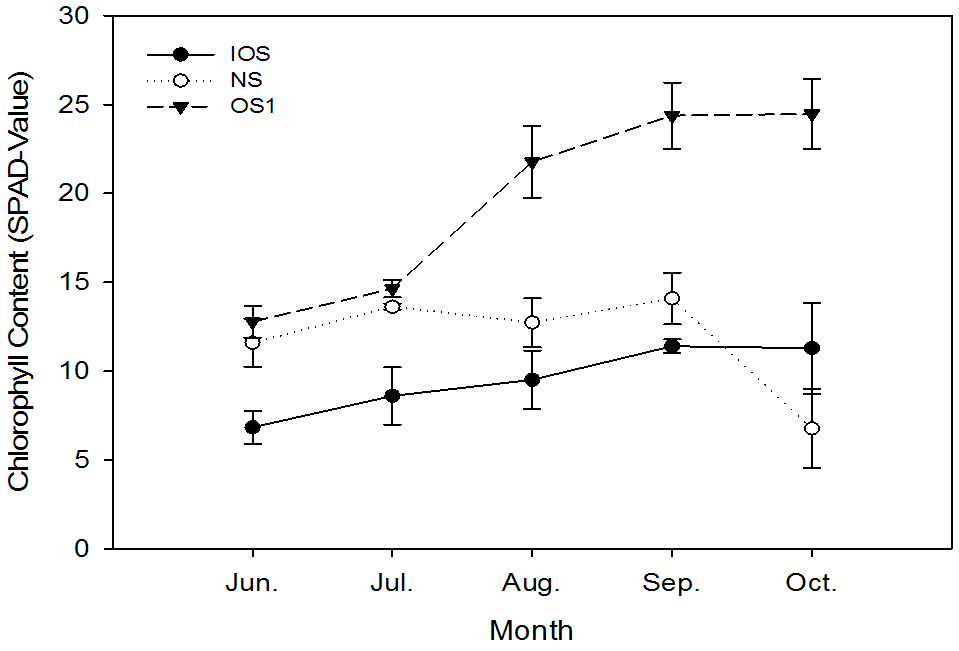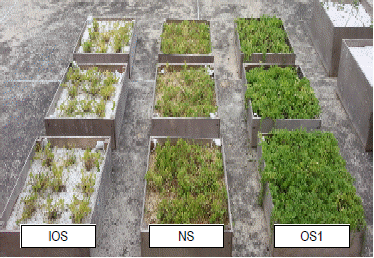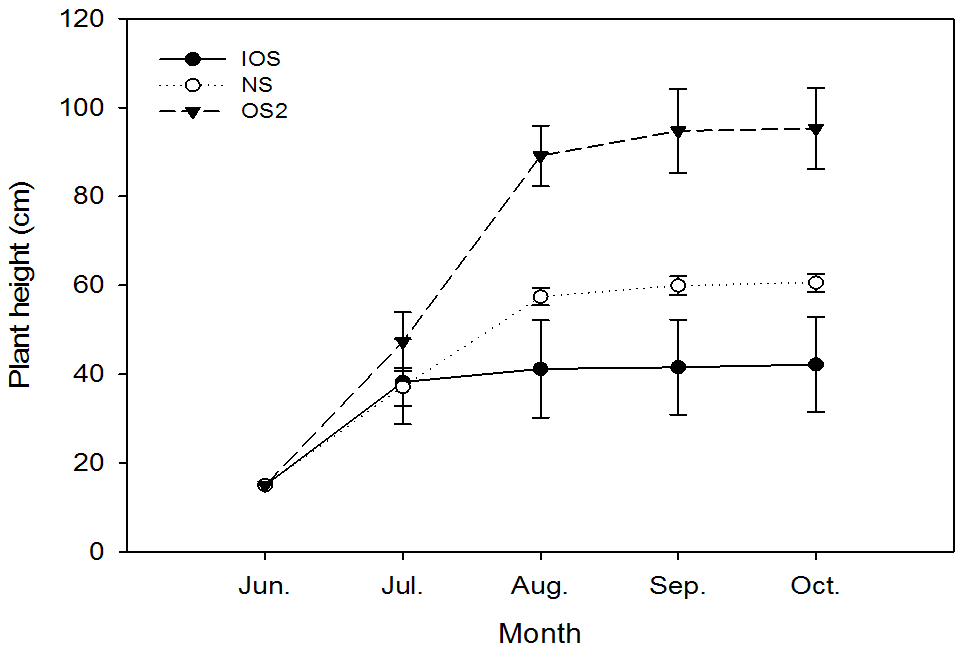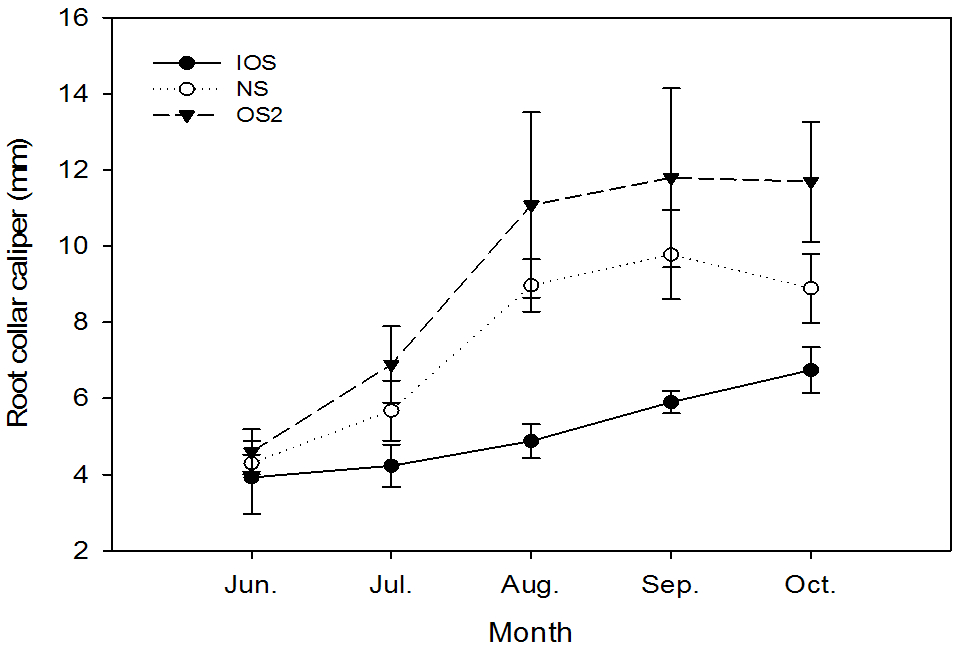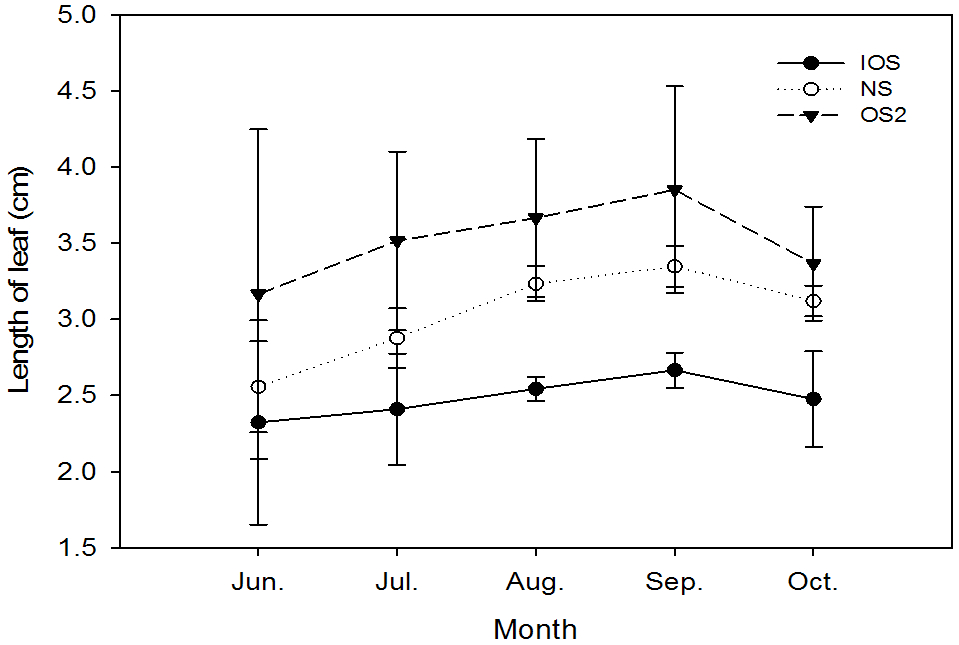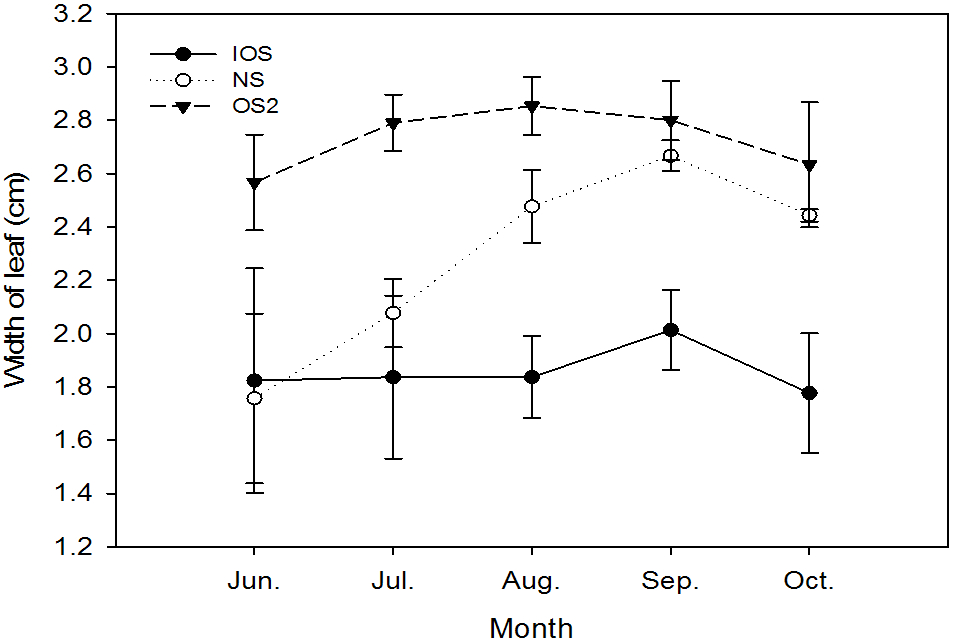Choi H.S, Lee S.S, Lee Y.B. The growth of Hosta longips according to soil depth and composted growing media available to rooftop garden. Journal of Environmental Science International 2001;29(3): 46ŌĆō54.
Dunnett N.P, Kingsbury N. Planting green roofs and living walls. 2004. Portland, USA: Timber Press.
Erica O, Jeremy Brad L. B, Reid R.C, Hitesh D, Nigel D, Stuart G, Manfred K, Karen KY, Bradley R. Green roofs as urban ecosystems; ecological structures, functions, and services. Bio Science 2007;57:823ŌĆō833.

Eo Y.J, Kim S.K, Kim D.Y, Kim D.W, Jang S.W. Change of soil water and fertilizer in the extensive green roof. Proceedings of the Journal of the Korean Institute of Landscape Architecture Conference 2007;pp 66ŌĆō70.
Graceson A, Hare M, Hall N, Monaghan J. Use of inorganic substrates and composted green waste in growing media for green roofs. Biosystem Engineering 2014;124:1ŌĆō7.

Huh K.Y, Kim I.H, Kang H.C. Effects of artificial substrate type, soil depth, and drainage type on the growth of Sedum sarmentosum grown in a shallow green rooftop system. Journal of Korean Institute of Landscape Architecture 2003;31(2): 102ŌĆō112.
Huh K.Y, Kim I.H, Ryu N.H. Effects of substrate type, soil depth, and drainage type on the growth of Sedum kamtschanticum in extensive green roof systems. Journal of Korean Institute of Landscape Architecture 2003;31(4): 90ŌĆō100.
Ju J.H, Gu E.P, Yoon Y.H. Effect of organic fertilizer application depends on soil depths on the growth of Spiraea bumalda ŌĆśGold MoundŌĆÖ in a extensive green roof system. Journal of Environmental Science International 2014;23(2): 239ŌĆō248.

Ju J.H, Yoon Y.H. Effect of organic matter ratios in substrate and mulching materials on growth of Liatris spicata under non-irrigated green roofs. Journal of Korean Institute of Landscape Architecture 2012;40(2): 130ŌĆō137.

Kang T.H, Zhao H.X, Li H, Kang S.H. Roof green applied a sallow green roof module system out of management. Journal of Korean Institute of Landscape Architecture 2012;40(3): 91ŌĆō98.

Kim K.H, Koh J.H, Kim Y. A study on green roofing applied artificial soil containing recycled materials. J. Korean Env. Res. Tech 2013;16(5): 119ŌĆō130.
Kim I.H, Huh K.Y. Growth characteristics of Sedum oryzifolium in extensive green roof systems. Kor. J. Hort. Sci. Technol 2003;2(4): 346ŌĆō352.
Korean Institute of Landscape Architecture. Standard of landscape architecture design. 2013. The Korean Institute of Landscape Architecture; p. 422ŌĆō427.
Kreij D, Leeuwen V. Growth of pot plants in treated coir dust as compared to peat. Communications in Soil Science and Plant Analysis 2001;32:2255ŌĆō2265.

Kwon J.O, Kim Y.H. A study on the supply of the rooftop-greening for the green city. 2007. Incheon development Institute; p. 31ŌĆō35.
Lee E.Y, Moon S.K. Effects of drainage types of soil media on the plant growing in rooftop planting. J. Korean Env. Res. & Reveg. Tech 2000;3(4): 11ŌĆō21.
Lee S.Y, Ahn J.H, Kim H.J. Characteristics of growth and flowering by nitrogen levels in Sedum sarmentosum. Korean Journal of Horticultural Science & Technology 2004;22(4): 426ŌĆō430.
Mukhtar S, Kenimer A.L, Sadaka S.S, Mathis J.G. Evaluation of bottom ash and composted manure blends as a soil amendment material. Bioresource Technology 2003;89(3): 217ŌĆō229.


Park J.S, Park J.H, Ju J.H, Yoon Y.H. Effects of planting soil on the soil moisture and the growth of Vitex rotundifolia for green roof. Journal of the Korean Institute of Landscape Architecture 2010;38(3): 98ŌĆō106.
Park C.M, Kim D.G. A study on the tolerance to the soil properties and water contents of Vitex rotundifolia seedlings for extension of rehabilitation plant. Kor. J. Env. Ecol. 2004;18(3): 316ŌĆō325.
Yang J, Yoon Y.H, Ju J.H. Evaluation of hydrophilic polymer on the growth of plants in the extensive green roofs. Korean J. Environ. Ecol 2014;28(3): 357ŌĆō364.


